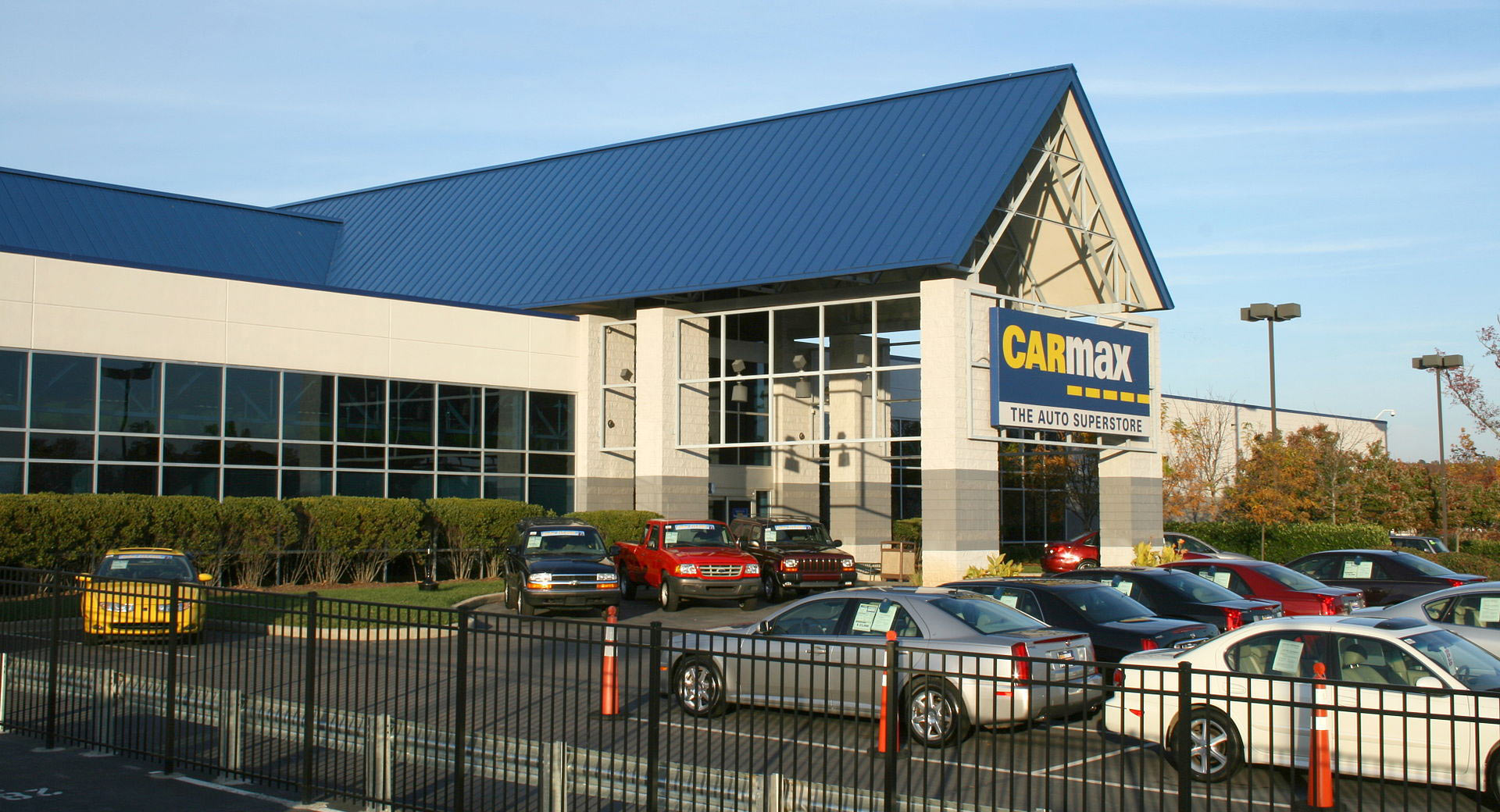As demand for used cars continues to soar, many car dealerships across the United States are relying on innovative ways to top up their inventory levels to keep up with customer demand.
Take Troy Duhan from Premier Automotive Group, for example. While speaking with Auto News in a recent interview, Duhan revealed that he is paying salespeople between $200 and $400 to acquire used cars and trucks that they see on the street. Duhan’s group has 24 franchised stores in California, Kansas, Louisiana, Missouri, and Texas and has been averaging about 20 vehicles off the street per store.
“I had one particular salesperson last month buy 10 off the street,” he revealed. “And I made over $40,000 on those 10 vehicles. I’ve been doing it for about a year and it’s the smartest thing I’ve done in 20 years.”
With demand for used cars reaching record highs and wholesale prices continuing to climb, dealerships are doing whatever they can to top up inventories.
Read Also: CarMax Buys Edmunds At Appraised Value Of $404 Million
DeNooyer Automotive Facility in Michigan told Auto News that it has had to prioritize local customers and often requires shoppers to have a trade-in vehicle if they want to buy a car or truck. What’s more, the dealer group is searching its lease portfolio and reaching out to customers to see if they want to end their leases early. The group’s Ford dealership normally has 65 to 70 new vehicles and 45 to 50 used vehicles on its lot. It is down to just 15 new vehicles and 32 used vehicles.
The Manheim Used Vehicle Value Index reveals that used retail supply was at 38 days at the end of May whereas the typical supply is 44 days. Wholesale supply stood at 19 days at the end of May compared to the usual 23 days.
Due to the ongoing semiconductor shortages that continue to impact the new car market, demand and prices for used vehicles are expected to remain strong for quite some time.
“I don’t think personally we’re going to see used prices fall off the face of the planet,” said J.D. Power senior manager of market insights David Paris. “When they do start to come down, it’s going to be a gradual move downward as new-vehicle production gradually comes back on.”




